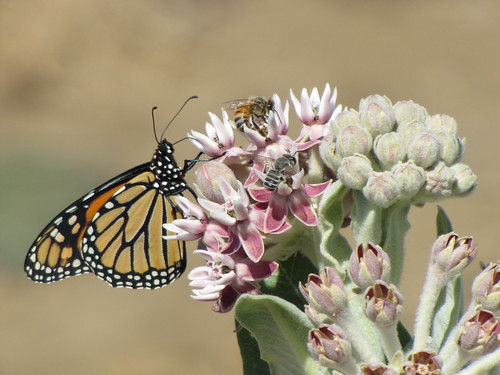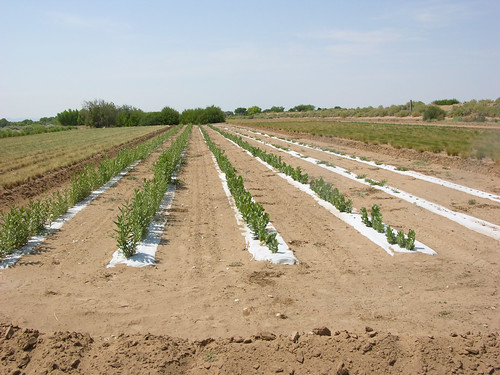
Every year, millions of tourists fly from central Mexico into the United States, first stopping in the deep American South and then continuing northward even into parts of southern Canada. How all of this is done without passports, customs agents or airplanes?
This is the annual journey made by monarch butterflies, one of the best-known and most beloved butterflies in North America.
The fact that the annual migration of these distinctive black and orange butterflies spans three countries and thousands of miles makes it an important and prolific pollinator over this large area.
At the end of the summer, the butterflies begin their return travels in Canada and the northern United States and can travel as much as 50 miles a day on their southward trek toward Mexico.
But this majestic butterfly is coming under increasing threat for many reasons, including the decline of resting areas the butterflies use, commonly called “way stations,” during their long pilgrimage across the United States.
The monarch butterfly population is in danger because they cannot survive without milkweed. Monarch caterpillars eat the plants and butterflies lay their eggs in the milkweed.

Scientists estimate that 33 million monarchs remain, -- more than a 90 percent drop across North America.
The loss of the milkweed plants contributes to the reduced number of monarchs recorded in California and Mexico. Additionally, more development, agricultural intensity and mowing of roadsides also has caused the plants to decline.
In order to help the monarch breeding habitat, conservationists recommend planting native milkweed species.
USDA’s Natural Resources Conservation Service is partnering with the Xerces Society, a nonprofit organization, to work on a three-year project with funds provided by a Conservation Innovation Grant to increase the availability of milkweed seed where it had not been typically available for habitat restoration. To date, this project has already produced over 35 million milkweed seeds.
NRCS agronomist David Dreesen from the Plant Materials Center works in Las Lunas, N.M. to grow several types of milkweed to see how they can harvest the seed efficiently.
“We are evaluating three species to determine how well they will produce seed in our climate and with our calcareous soils and alkaline irrigation water,” Dreesen said. “In addition, we need to determine whether it is economically feasible to grow milkweed seed.”
The successful partnership between NRCS and The Xerces Society has resulted in the planting of more than 120,000 acres of habitat for monarchs and other pollinators so far.
“Another big goal is to increase the availability of the native milkweed seeds and make them less expensive to purchase,” said Brianna Borders, plant ecologist at The Xerces Society. “NRCS is leading the effort to provide conservation practices that can be used to improve pollinator habitat.”
This week, NRCS is celebrating National Pollinator Week by highlighting the many ways in which conservation benefits pollinators. In addition to working with groups like Xerxes, NRCS also works with American farmers and ranchers to voluntary make improvements to agricultural lands that have many benefits, including helping pollinators.


